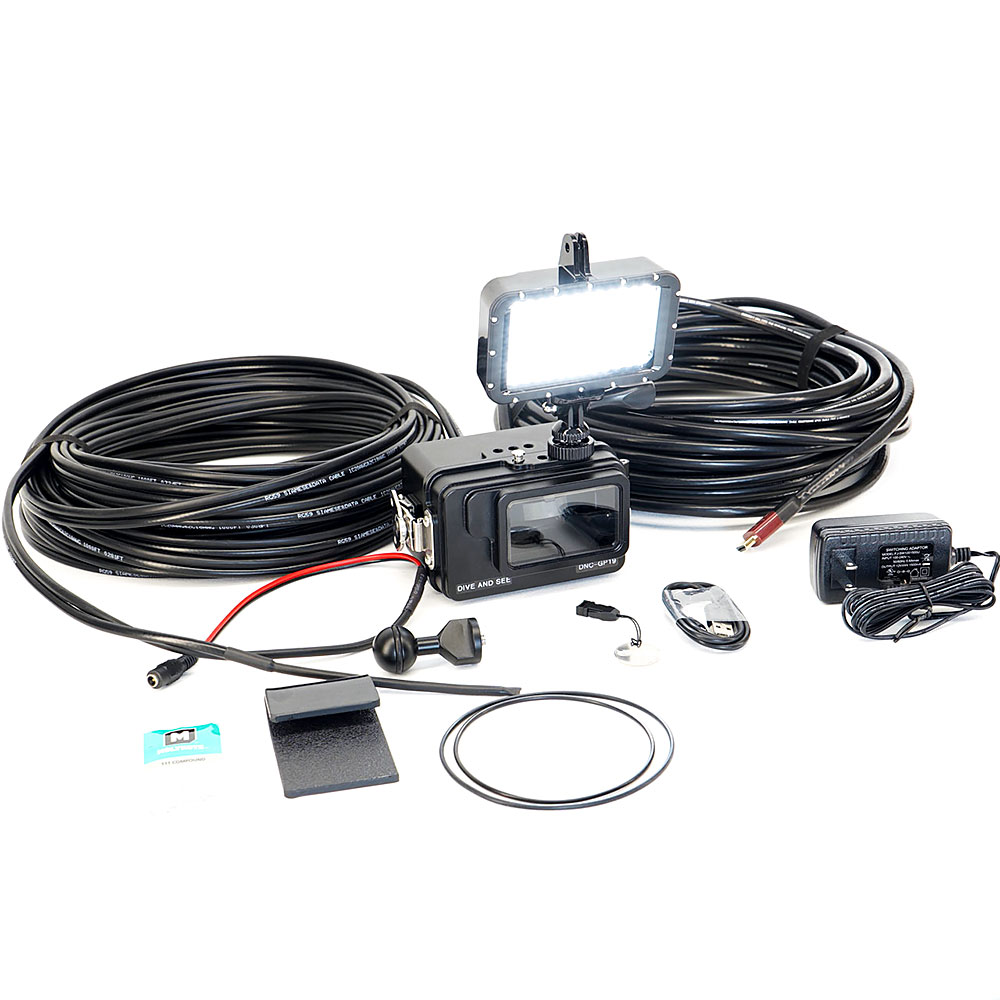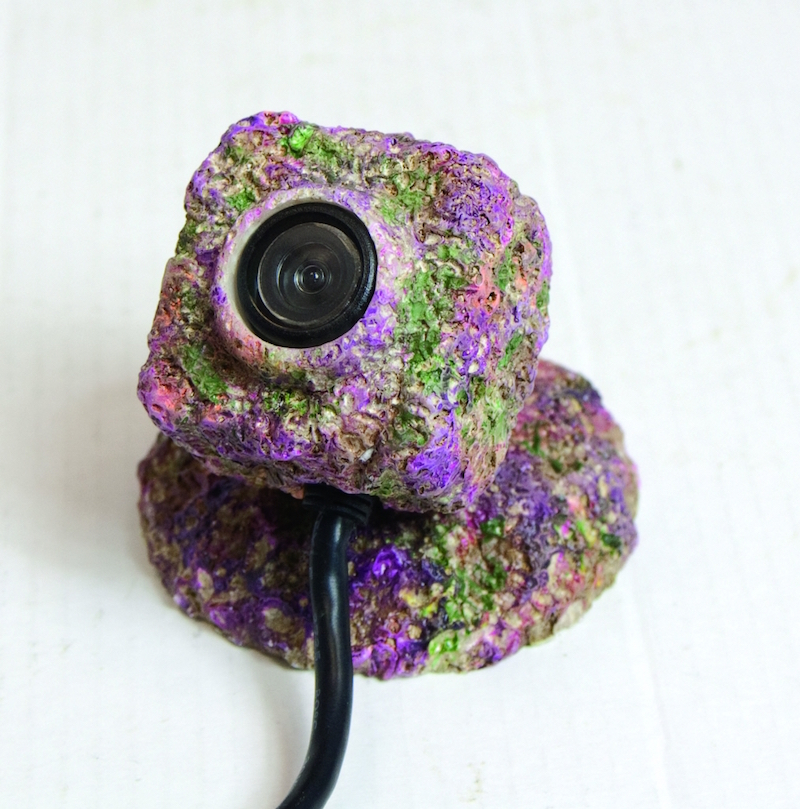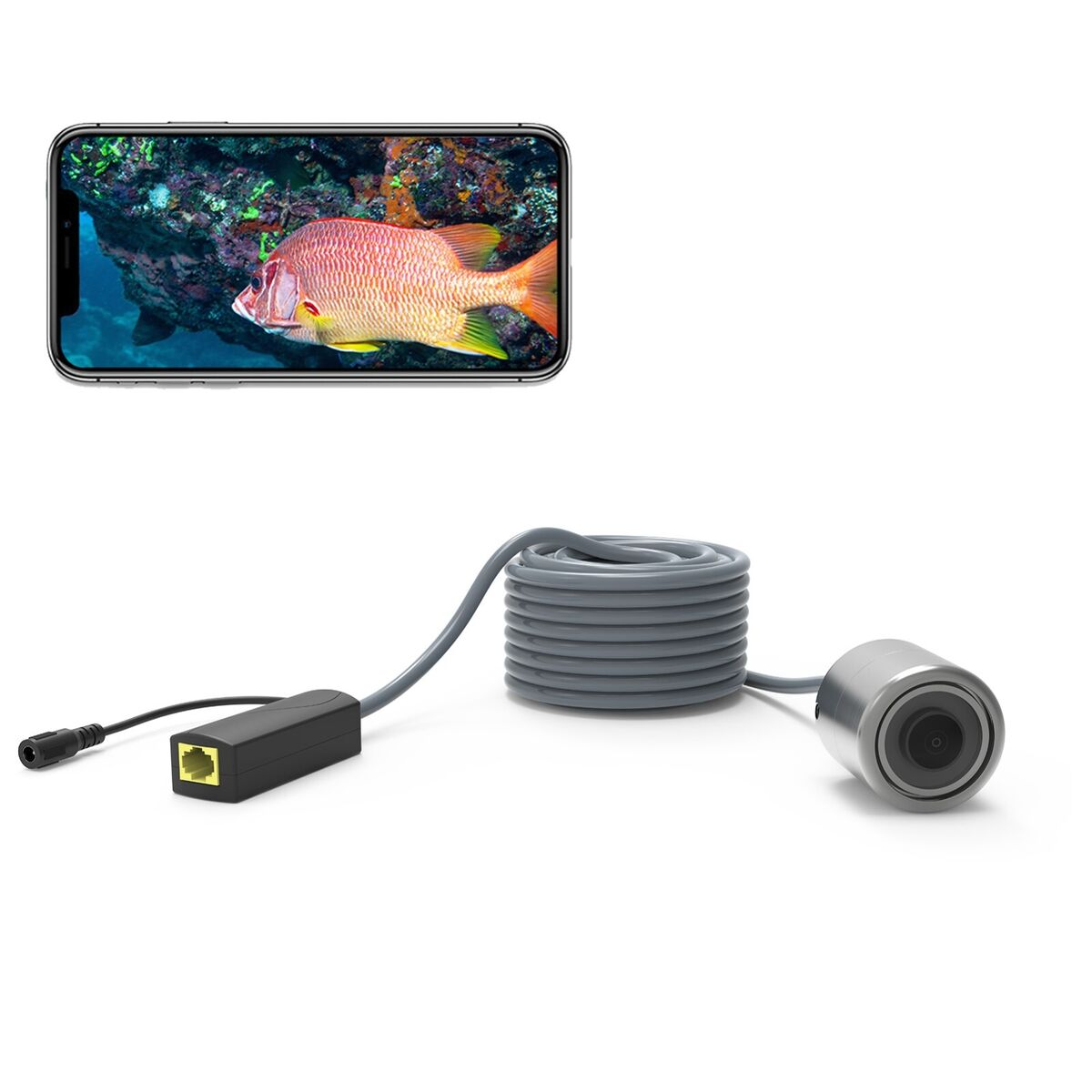Underwater live camera technology has revolutionized the way we perceive and study the ocean’s depths. And unlocking a world that was once shrouded in mystery. This innovative technology has enabled scientists, filmmakers, and enthusiasts alike to observe marine life in real-time. And offering an unprecedented glimpse into underwater ecosystems without the constraints of physical presence or time-limited dives.
Unveiling the Abyss: The Birth of Underwater Live Cameras
The journey towards underwater live cameras began with early pioneers who recognized the need for remote observation tools. Initially, cumbersome equipment with limited capabilities were used, often requiring complex tethering systems to transmit images to the surface. However, advancements in miniaturization, waterproof materials, and digital transmission technologies have since propelled this field forward. Early experiments included attaching cameras to submarines or divers, but it wasn’t until the late 20th century when live streaming became feasible, transforming our ability to monitor and understand aquatic environments continuously.
Advancements in Imaging Capabilities
Modern underwater live cameras boast high-resolution imaging, low-light sensitivity, and wide-angle lenses that capture vivid details of even the most elusive marine creatures. These cameras are designed to withstand extreme pressure and harsh saltwater conditions while delivering crisp, clear visuals. Infrared and thermal imaging capabilities have further extended their functionality, allowing exploration in dark abysses where sunlight does not penetrate. Additionally, 4K and 8K video resolutions have brought the deep-sea experience closer to the viewer, making it almost as if they were diving alongside the camera.
Remote Operability and Autonomous Systems
Advancements in robotics have led to remotely operated vehicles (ROVs) and autonomous underwater vehicles (AUVs) equipped with live cameras. These robotic explorers can dive deeper and stay submerged longer than human divers, transmitting live footage back to shore-based control centers. They are invaluable tools in scientific research, oil and gas industry inspections, and environmental monitoring. With GPS navigation, AI-assisted tracking, and precise maneuverability, these devices offer a level of precision and coverage unattainable by traditional methods.
Streaming and Data Transmission
Live data transmission from underwater cameras is another key aspect of their development. High-speed wireless communication protocols have made it possible to stream live footage from great depths, overcoming the challenges posed by water’s attenuation of radio waves. Optical fiber cables and advanced acoustic modems facilitate continuous data flow, ensuring that discoveries can be shared instantaneously with researchers and viewers worldwide. Live feeds from underwater cameras have become staples in educational programming, fostering public interest in marine conservation and inspiring the next generation of oceanographers.
Environmental Monitoring and Conservation Applications
Underwater live cameras play a crucial role in environmental surveillance and protection efforts. By providing real-time insights into coral bleaching events, marine pollution incidents, or invasive species proliferation, they help guide conservation strategies and prompt timely interventions. Moreover, such cameras have been instrumental in monitoring the health of endangered species and assessing the impact of climate change on underwater habitats. Platforms like the Ocean Networks Canada observatory system and the Catlin Seaview Survey exemplify how continuous underwater live feeds can inform large-scale ecological studies.
Impact on Aquatic Sports and Tourism
Beyond scientific applications, underwater live cameras have transformed the realm of aquatic sports and tourism. Scuba divers and snorkelers can now share their experiences with others through wearable cameras, promoting a sense of community and advocacy for marine preservation. Live webcams installed at popular diving sites or aquariums allow virtual visitors to explore the wonders of the sea from anywhere, democratizing access to the underwater world.
Unveiling the Future of Underwater Observation: Live Cameras’ Next Frontier
The future of underwater live cameras is dynamic and filled with potential. As advancements in technology accelerate, we are poised to witness significant improvements in the quality, capability, and accessibility of these devices. Emerging trends indicate that innovations will likely focus on enhancing image quality, deepening remote operability, and expanding the scientific and educational applications of these underwater eyes.
Enhanced Image Quality and Data Analytics
High-resolution 4K cameras and beyond are becoming more prevalent. And delivering even more detailed and lifelike images from the depths. Coupled with advancements in machine learning and artificial intelligence, future underwater live cameras may offer sophisticated data analytics, providing real-time identification and tracking of marine species and environmental changes.
Miniaturization and Autonomy
Developments in miniaturization and energy efficiency will enable the deployment of smaller, autonomous cameras. And that can operate independently for extended periods. These devices could potentially be part of a larger network of sensors. And offering comprehensive monitoring of marine environments without the intrusion of larger equipment or vessels.
Overcoming the Challenges of the Deep
Despite these exciting advancements, underwater live cameras face substantial challenges that must be overcome to realize their full potential. The extreme conditions of the underwater world pose a constant threat to the integrity and functionality of these sophisticated devices.
Addressing Pressure, Corrosion, and Fouling
Pressure increases with depth, necessitating stronger and more resilient materials that can withstand the crushing forces of the deep sea. Moreover, saltwater corrosion and biofouling by marine organisms can impair camera operation and image clarity. Future designs will need to incorporate materials and coatings that can resist these persistent issues.
Improving Power Sources and Data Transmission
The need for reliable power sources and efficient data transmission remains a significant hurdle. Innovative solutions such as energy harvesting from ocean currents. And the use of underwater data cables could provide more sustainable and consistent operations for remote cameras.
Ethical and Environmental Considerations
As we push the boundaries of underwater exploration, ethical and environmental concerns come to the fore. The presence of cameras and other observational tools can potentially disrupt marine habitats and the behavior of aquatic creatures.
Minimizing Human Impact
Future developments must consider the footprint of underwater live cameras, striving to minimize their impact on the natural environment. This involves not only physical interference, but also the management of light and noise pollution that could adversely affect marine life.
Data Privacy and Security
With the increasing ability to monitor vast areas of the ocean, questions of data privacy and the security of sensitive ecological areas arise. Protocols will need to be established to ensure that footage is used responsibly. And does not lead to the exploitation of vulnerable ecosystems or species.
Conclusion
In conclusion, underwater live camera technology has profoundly changed our understanding and appreciation of the oceans. It has opened new avenues for research, education, and entertainment, while also presenting opportunities and responsibilities for sustainable management of our planet’s largest ecosystem. As we continue to innovate, the future promises even more profound insights into the mysterious and wondrous world beneath the waves.





